Rooted in the Future of Retro
“Place man in relationship to nature,” said architect Richard Neutra. “That’s where he developed and where he feels most at home!” The words of this renowned name in the modern movement shows how little we understand it. Many of us see clean lines, hard industrial materials and precise surfaces as hostile to nature. The truth is just the opposite.
Nowhere is this more apparent than the mid-century homes of southern California designed by contemporaries of Neutra. Enter these soaring spaces of concrete and glass and the outdoor landscape comes right into the room. These structures don’t compete with the beauty of nature; they get out of its way. No other architectural style with its floor-to-ceiling glass and breezeways allow such full integration of interior and exterior space.
Modern Retro
The emerging “retro” trend evolved out of late 20th century urban housing problems. Old industrial buildings were converted by artists into a new kind of “lofty” interior space. This fostered a fresh aesthetic blending contemporary industrial with simple forms and surfaces of modern design. The urban loft vernacular bumped into aging post war housing, some of it designed by architects strongly influenced by the early modern movement. Among the ticky-tacky are some really unique tract houses. The collision of grunge thrift store chic reintroducing 1960s pop art to the mix yields true retro, which applies to both house and garden. All indicators show it is here to stay.
Fountains. The new modern movement is just getting started, and well-positioned companies are already seeing increasing demands. Some of the most promising products are modern-retro fountains that are changing the way America looks at water features. At the moment there are few, if any companies casting modern motifs, much less fountains. No doubt there were critics of these creations who believe Old World classical is the alpha and omega of garden design. These trend-setting fountains have simple bold forms and cubist design motifs. Precise minimalist sculptures and other works range from large central spherical elements to spatially conservative upright designs with a high degree of visibility.
Copper. The industrial roots of this style is what’s driving the new interest in metals. But, here it’s not the rusted patina of wrought iron; it’s sleek space-age surfaces. There are also a number of offerings adding a great new look to garden art using copper. There are sleek handmade products constructed of polished copper that you can keep shined or allow it to age to a green patina.
Whimsical Art. Don’t think the retro garden has lost its sense of humor to sometimes-cold space age modern. Whimsical art with strong graphic character and color is hot, particularly with Gen X and Y who have less stodgy views of their gardens. There are flame-colored steel butterflies, fish and dragonfly elements that can be either wall mounted, on a stake or as a freestanding sculpture are thankfully weather resistant and affordable, as well as many other “different” types of whimsical art like chimes and other hanging colorful décor.
Nature Products. For day glo, bright lacquer-coated hummingbirds and butterflies that are a real hit in the family garden, there are a number of manufacturers that have exploited the animation of hanging art with products, designed to move with the wind by creating spring-mounted components. Items are offered as freestanding, brightly colored nature sculptures and offer the look of expensive art at a fraction of the price.
String Lighting. String lights are ideal accessories for any garden, but they can be a major feature in the modern setting. The key is to avoid novelty lights that feature cars or chili pepper bulbs. Lean toward simple geometric forms such as cubes and balls. Industrial designs with galvanized metal components or shades offer much brighter illumination with the loft living look. You may also choose to feature some modern-style, low-voltage fixtures in copper or steel to encourage customers to change their old romantic fixtures with simpler forms.
Wall Sconce Lighting. Wall sconce lighting for outdoor structures with its geometric patterned illumination is becoming a preferred art form after dark. Wrought iron spirals in the simple Bauhaus design styles of Mexican architect Luis Barragan are finding a new market in the United States with modern art fans. Affordable Mashona carved stone sculpture from Zimbabwe with its strong cubist influence is perfect garden art for this new look. Texture and Color. With color and form driving this style, the new vividly colored garden hoses turn a necessity into a vital part of this contemporary palette. Tube wind chimes fall into this same geometric world. Spheres constructed out of any material from blown glass to concrete and resin are one of the best all-purpose accents for minimalist garden style.
Outdoor Living. Garden furniture and outdoor living accessories for this style are driven by the industrial roots of retro. Utilization of finished metals such as galvanized steel and anodized aluminum are mainstream. Steel mesh is applied to chairs and tables with basic functional forms. The addition of sheet metal, crafted wood slats and painted steel to chaise lounges in sinuous, modern lines turn furniture into borderline art. Plastics are clearly a big part of the style. Visit an Ikea store to see a broad selection of affordable pieces for this new modern look.
Modern Gardening
“I paint my gardens,” Brazilian artist Roberto Burle Marx wrote. Marx landscapes mirror the very same layouts as his abstract paintings, mosaics and sculptures. But in the garden the palette is paving, stone, sculpture, lawn and plants. These materials are used to create flowing fields and patterns on the land with varying color and texture. This is derived from graphic paving stones, mineral mulch and masses of a single kind of plant. His preference is for larger plants such as palms and cycads as specimen accents as well as other architecturally interesting species. This concept alone is a seminal factor in the modern garden, providing a visual integration of period art elements with arrangement of plants in the cultivated landscape.
To create displays that will enhance the desirability of modern objects, utilize plants with strong architectural forms. Succulents have dominated the picture in warm climates. Further north grasses are appropriate as are geometric hedges and topiaries. Simplicity is the watchword; drama is the goal. The best way to develop a sense of the retro garden is to watch “Homefront In The Garden” on the BBC America Channel. Designer Dairmuid Gavin is revolutionizing the staid picture of the English garden with his own incredible retro garden style. Just a few episodes will leave you amazed and inspired. Look up the show online at www.bbcamerica.com.
While many in the garden industry are strangers to modern style and may not come naturally to this aesthetic, it is time to educate the client… you. The world is changing, a new generation is coming. They have been raised in a mass-market mentality and are seeking to turn the ordinary into their own unique composition. But as Neutra and Marx and every architect will tell you, there are no new ideas, only the applications change. And retro is no exception.

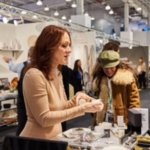


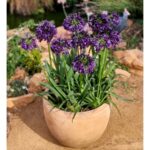


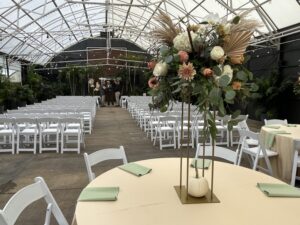
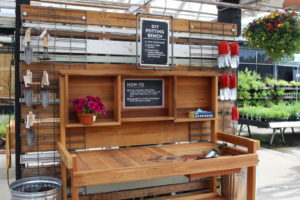
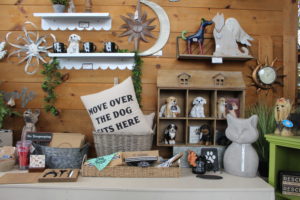
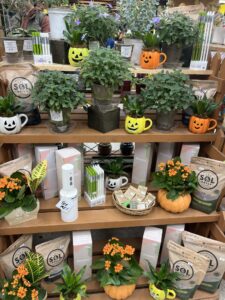

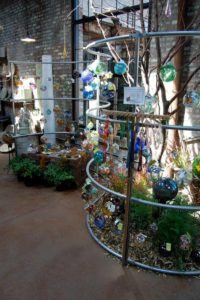
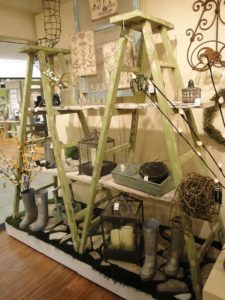
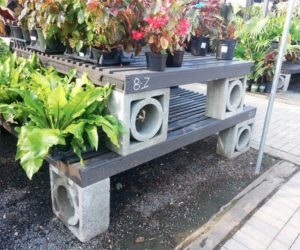
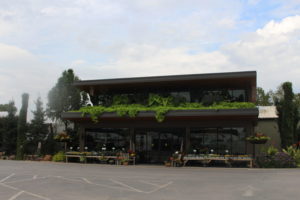
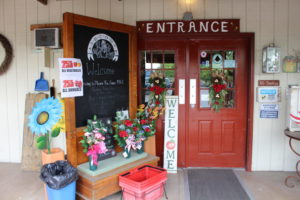
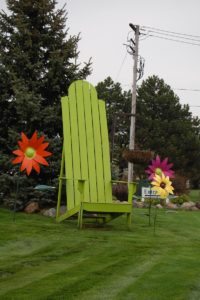
 Videos
Videos





